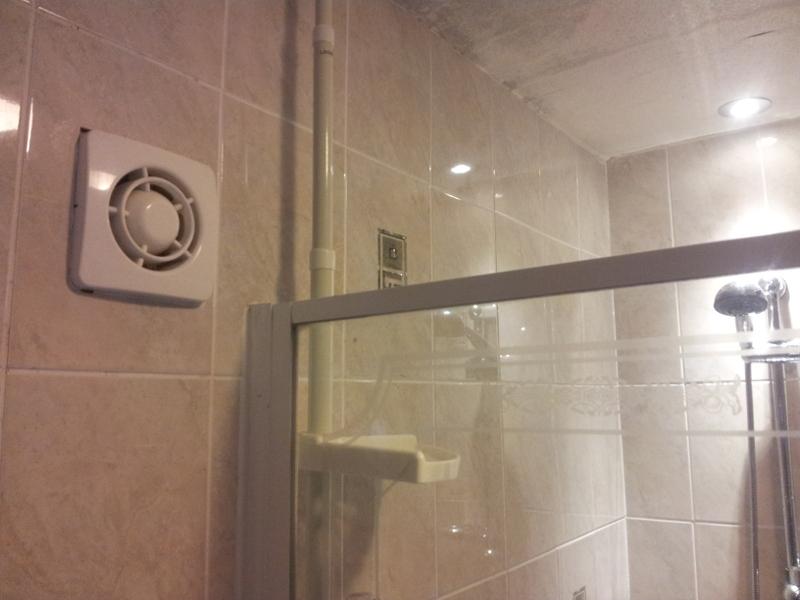I have an extractor fan in a a shower room that is not clearing the condensation, the current extractor fan is too low down on the wall. I have set the overrun for as long as possible and cleaned out the fan. The shower room is on the first floor at the corner of the house with two exterior walls.
A builder has suggested fitting a fan with a humidistat higher up the wall and closer to the shower. However lots of people online seem to suggest just using a timer and setting it properly, is this recommended?
The room is ~9m3
A builder has suggested fitting a fan with a humidistat higher up the wall and closer to the shower. However lots of people online seem to suggest just using a timer and setting it properly, is this recommended?
The room is ~9m3



